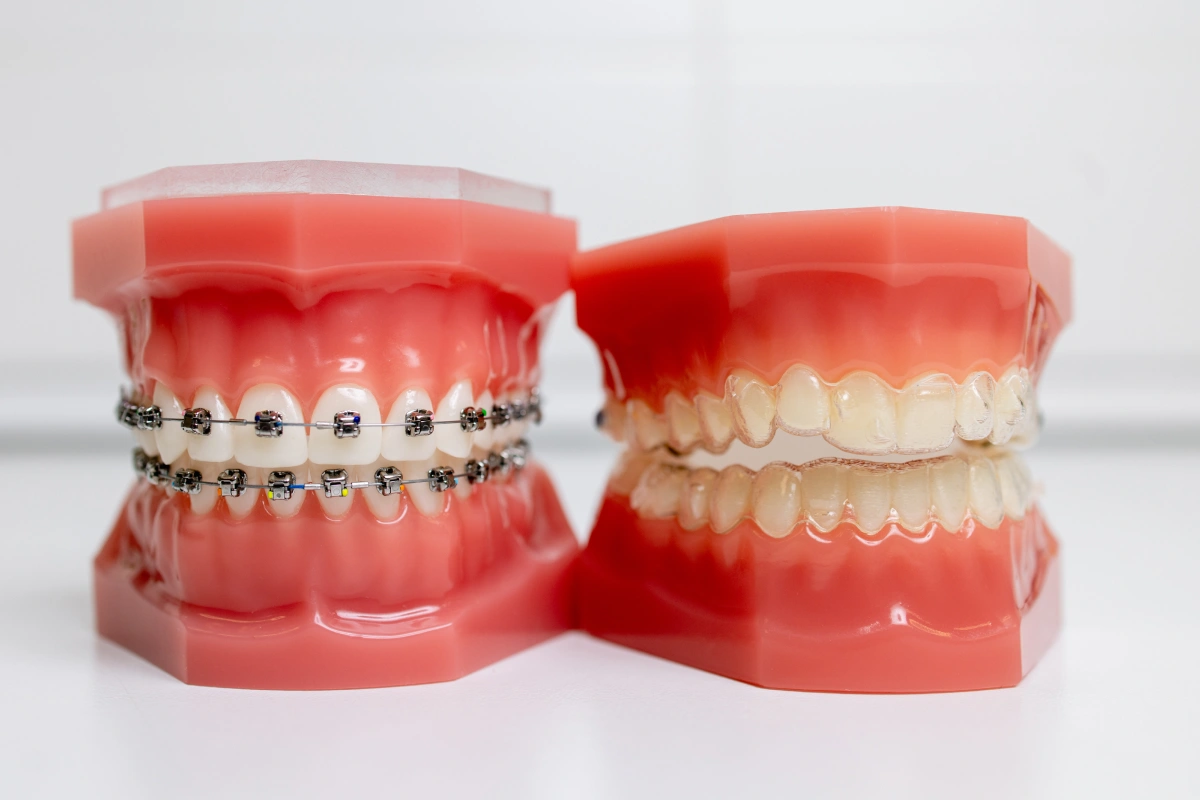
Learn when a crown can protect and restore your tooth—common signs, what to expect, and how treatment works.
Why a Crown?
A dental crown is a custom, tooth-shaped cap that restores the strength, shape, and appearance of a damaged tooth. It helps protect the underlying tooth from further wear, cracks, or decay and can dramatically improve comfort and function.
5 Signs You May Need a Crown
- Deep cracks or fractures: Pain when biting or visible lines can indicate a structural weakness that a filling alone won’t fix.
- Large or failing fillings: When a filling occupies more than half the tooth, a crown often provides better long‑term support.
- Root canal treatment: After a root canal, a crown helps protect the tooth from fracture.
- Severe wear or erosion: Grinding (bruxism) or acid wear can shorten teeth—crowns rebuild height and function.
- Chips that keep breaking: If a tooth repeatedly chips, covering it with a crown can stop the cycle.
What to Expect
- Visit 1 – Preparation & Scan: We shape the tooth conservatively and take a digital scan for a precise fit. A natural-looking temporary crown protects your tooth while the lab crafts your final crown.
- Visit 2 – Placement: We try in the crown, fine‑tune the bite, and cement it securely. You’ll leave ready to chew comfortably.
Care & Longevity
Brush twice daily with a soft brush, floss around the crown, and wear a nightguard if you clench. With routine care, crowns often last 10–15 years or longer.
FAQs
Will it look natural? Yes—modern porcelain and zirconia crowns are color‑matched to blend with your smile.
Is the procedure painful? We keep you comfortable with gentle anesthetics and clear guidance at every step.


